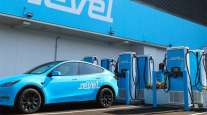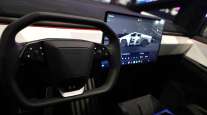Bloomberg News
Tesla Shares Jump as Investors Buy Into Musk’s Robotaxi Hype
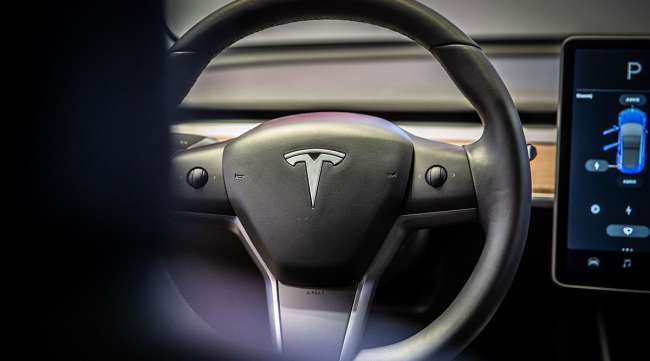
[Stay on top of transportation news: Get TTNews in your inbox.]
When Elon Musk announced late April 5 that he’ll unveil a Tesla Inc. robotaxi in August, it was a clear attempt to arrest a spiral for the once high-flying carmaker.
Tesla shares already had been sinking before the company reported anemic quarterly delivery figures April 2. Days later, Reuters reported the automaker was shelving plans for a cheaper electric vehicle, extending the tailspin. Musk’s vague denial didn’t do the trick — the stock closed last week as the worst performer in the S&P 500 this year.
So the CEO turned to his tried-and-true playbook: Change the narrative by dangling a new product. The shares jumped in late trading April 5 and rose 5.3% at 1:14 p.m. April 8 in New York.
Splashy events have long been part of Tesla’s strategy to generate buzz while spending next to nothing on traditional advertising. Musk has mastered the craft of keeping investors focused on the future instead of current pain points, though it usually takes years for Tesla to put products that its CEO shows into production.
Tesla Robotaxi unveil on 8/8 — Elon Musk (@elonmusk) April 5, 2024
As for robotaxis, Musk has failed to make good on more than a decade of predictions about autonomous vehicles.
“Investors need to curb some of their enthusiasm with this stock and its various product announcements, as there tends to be a wide chasm between hype/speculation and reality,” Adam Crisafulli, the founder of analysis firm Vital Knowledge, said by email. “This seems to be an example of Tesla trying to distract from the current EV market conditions, which are very bleak at the moment.”
‘Ebb and Flow’
Musk on April 8 batted away suggestions of market trouble in a discussion with Nicolai Tangen, the head of investing giant Norges Bank Investment Management, one of Tesla’s biggest shareholders.
“There’s going to be some ebb and flow in how far electric cars go, but the ultimate victory of electric cars is inevitable,” Musk said during the event, which was livestreamed on his social media site, X. The pair didn’t discuss Tesla’s planned robotaxi or the low-cost car.
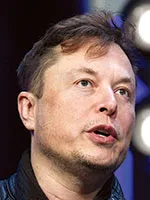
Musk
When Tesla started work on the system it markets as Autopilot in 2013, Musk estimated it would be able to handle 90% of the miles customers drove within a few years. In 2016, Musk alluded to autonomy in a second iteration of his master plan for the company, and Tesla started selling a feature called Full Self-Driving, or FSD. Eight years later, the system still doesn’t measure up to its name.
In 2019, Musk declared that 1 million Teslas would soon be on the road and fully capable of driving themselves. He first hinted at plans for a dedicated robotaxi three years later.
A similar pattern has played out with other Tesla products. Take the Semi, which Tesla showed at its design studio near Los Angeles in 2017. Years later, the Semi is still only in pilot production.
Same goes for the Cybertruck. In 2019, Chief Designer Franz von Holzhausen shattered the glass window of a stainless-steel prototype. Years later, the futuristic pickup can be spotted sparingly in cities like Austin and Los Angeles, but sales are so low that Tesla has yet to break out figures in its quarterly reports.
‘Stay Tuned’
Tesla has suggested that its next-generation vehicle platform will underpin both a cheaper car and the dedicated robotaxi, and the vehicles are expected to be similar: one will have a steering wheel, the other won’t.
On April 7, von Holzhausen drove his matte black Cybertruck to speak at the Petersen Automotive Museum in Los Angeles, where he was surrounded by Tesla fans angling for selfies and autographs. When asked if Tesla’s $25,000 vehicle was canceled, deprioritized or delayed, he demurred.
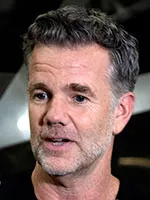
von Holzhausen
“I would just say, stay tuned,” von Holzhausen said. “Don’t always believe in what you read.”
Tesla has rolled out the latest version of FSD in recent weeks to a growing number of consumers, some via free trials. On April 5, the company announced that customers had collectively driven more than 1 billion miles using the feature.
“Because the FSD progress is so fast right now, I think Elon just said, ‘Let’s focus on this and put the $25,000 car on the back burner,’” said Mike Moon, a Tesla shareholder who attended the EV event at the Petersen museum. Moon said that roughly 30% of his investment portfolio is Tesla stock and that he’s buying more shares.
Essential Software
The promise of full autonomy has long been a way Tesla has set itself apart from rivals. The company charges $12,000 for FSD in the U.S., a tidy sum that could offset some of its recent price-cutting — but only if Tesla can convince more customers the feature is worth it.
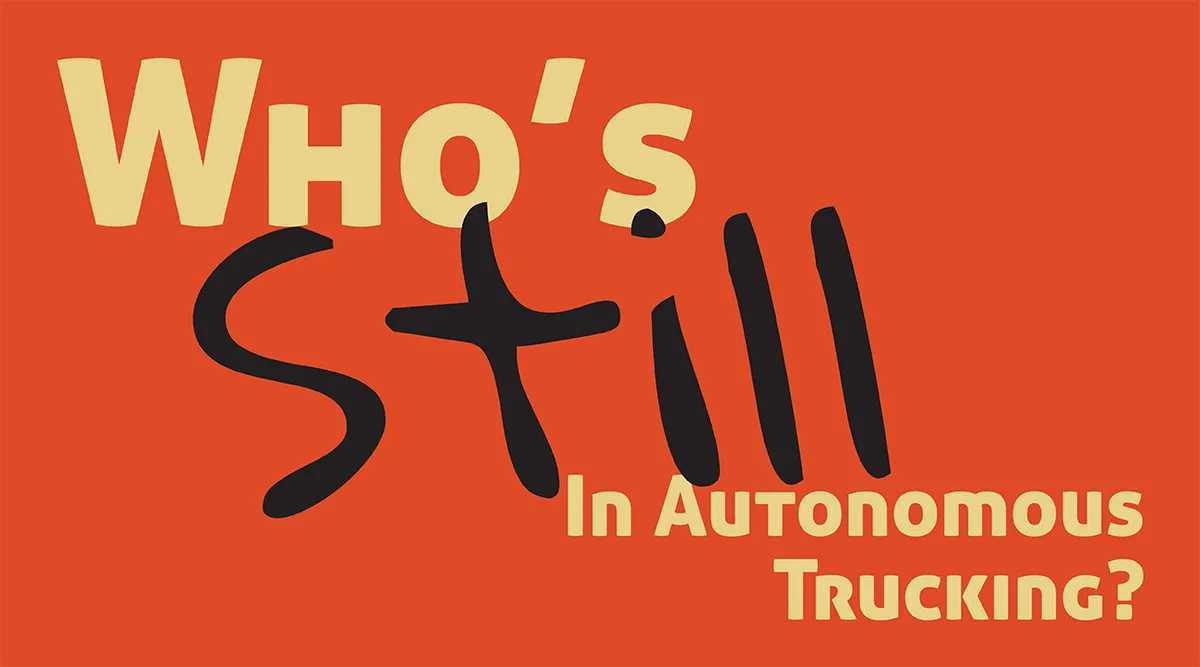
►Who's Still In Autonomous Trucking?
►Clevenger: Autonomous Trucking: A Rapidly Shifting Landscape
►Company snapshots: Aurora | Kodiak | Torc | Waabi | Stack AV | Gatik | Plus | Einride | Forterra | Outrider
►From November 2022: Who's Who in Self-Driving Truck Development
“In order to maintain market leadership, Tesla needs both cheaper cars and full self-driving — but FSD is more important,” said Cole Wilcox, CEO of Longboard Asset Management. “Software and services is a much better business model than manufacturing.”
This is something Musk has said as well. “That’s essential,” Musk said of solving self-driving in June 2022. “That’s really the difference between Tesla being worth a lot of money and being worth basically zero.”
Whether investors are willing to buy into Musk’s latest moonshot will be clearer in the weeks to come, with Tesla slated to report first-quarter earnings April 23.
Crisafulli said Tesla investors should take the robotaxi hype in stride.
“On the one hand, it implies the existence of a fully autonomous driving system, which could be a very lucrative new revenue stream,” Crisafulli said. “But so far, such a system doesn’t exist.”
Want more news? Listen to today's daily briefing below or go here for more info:


